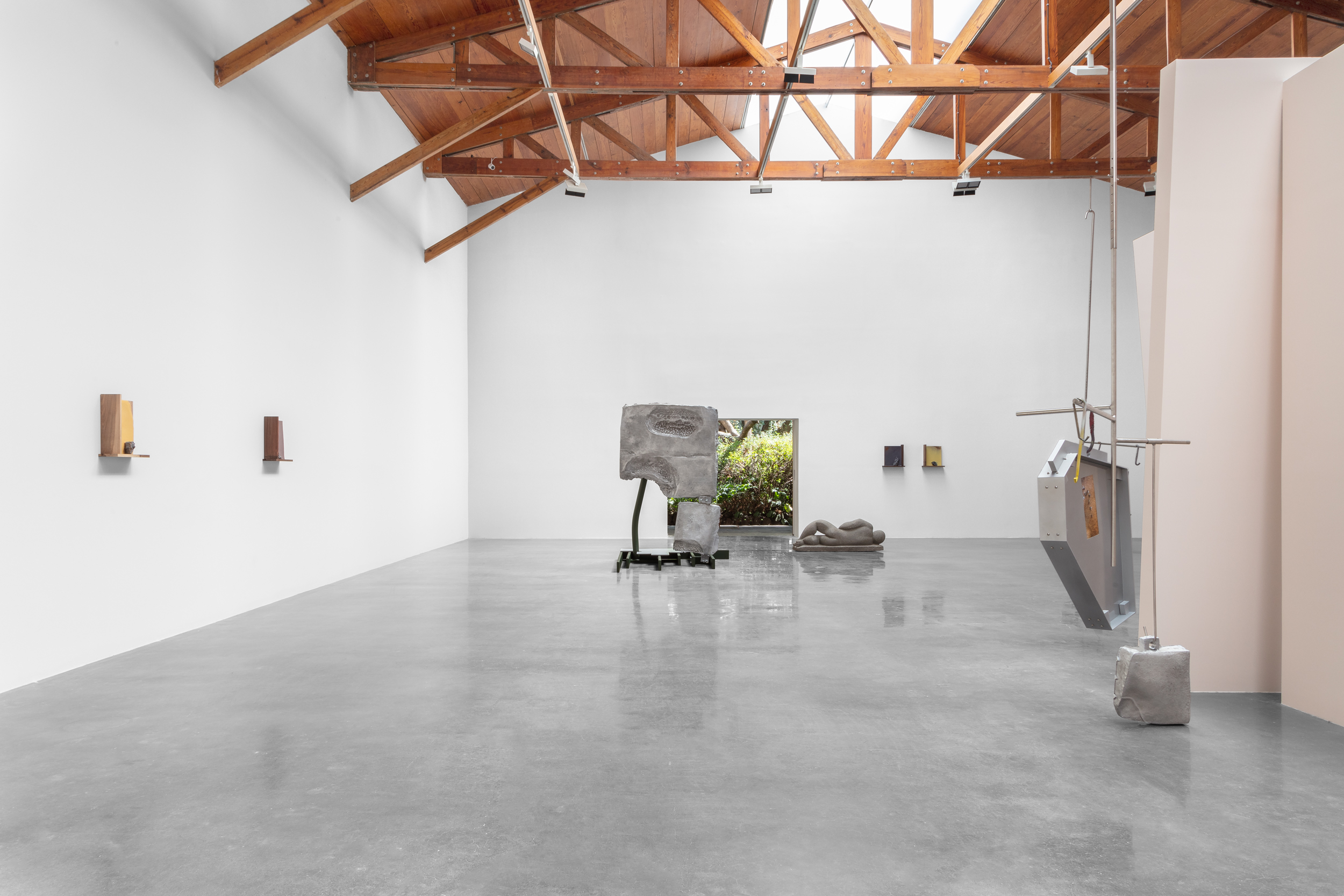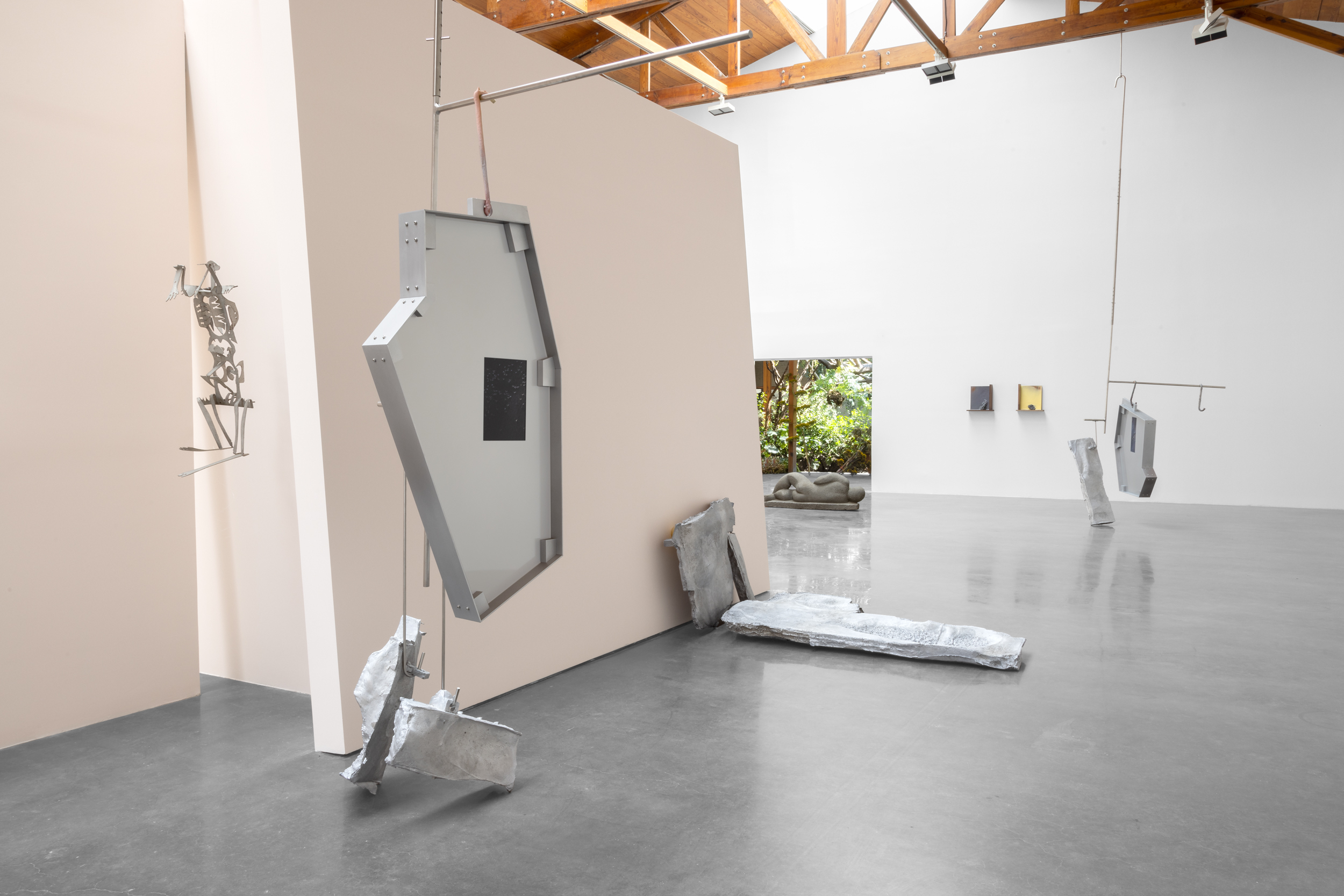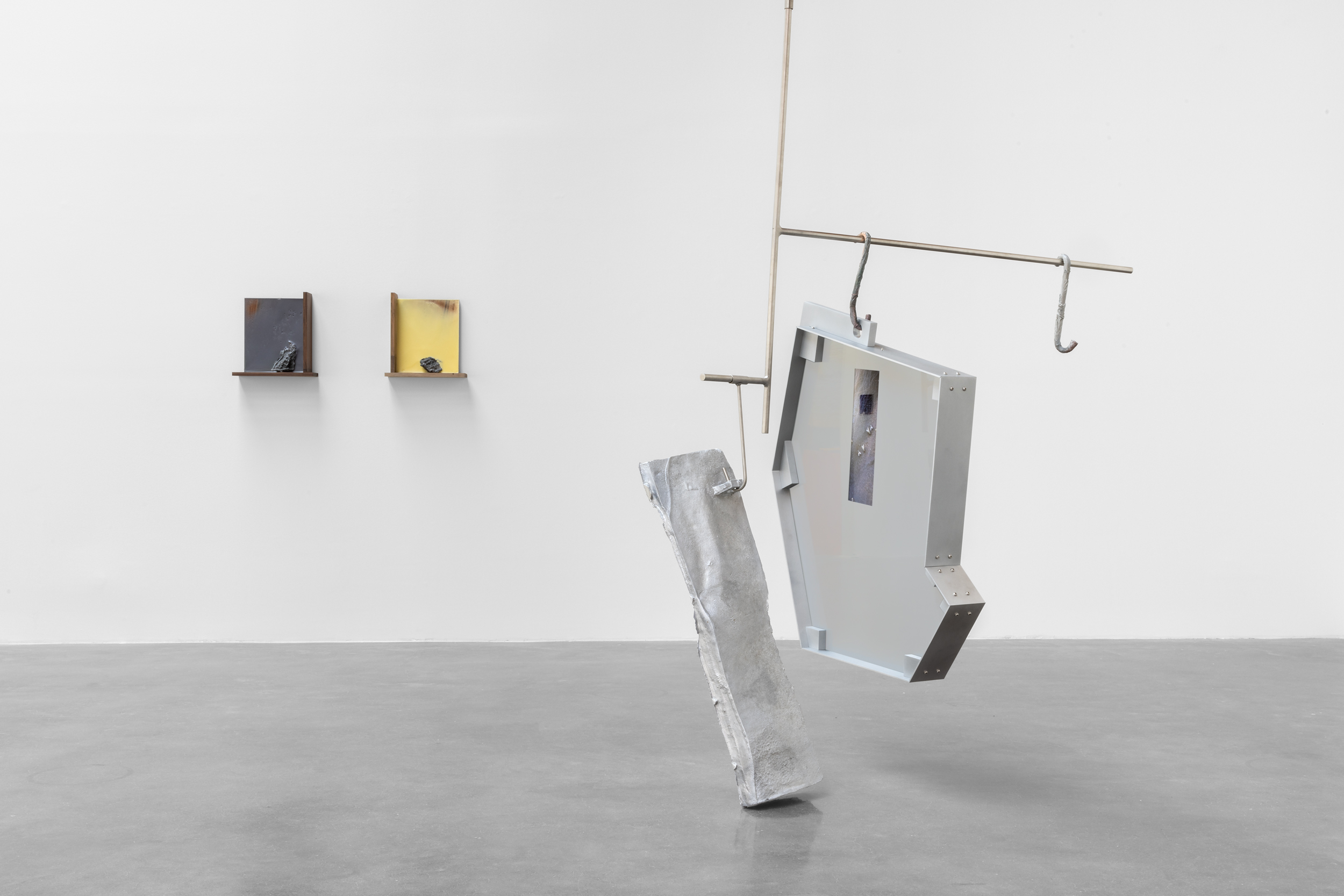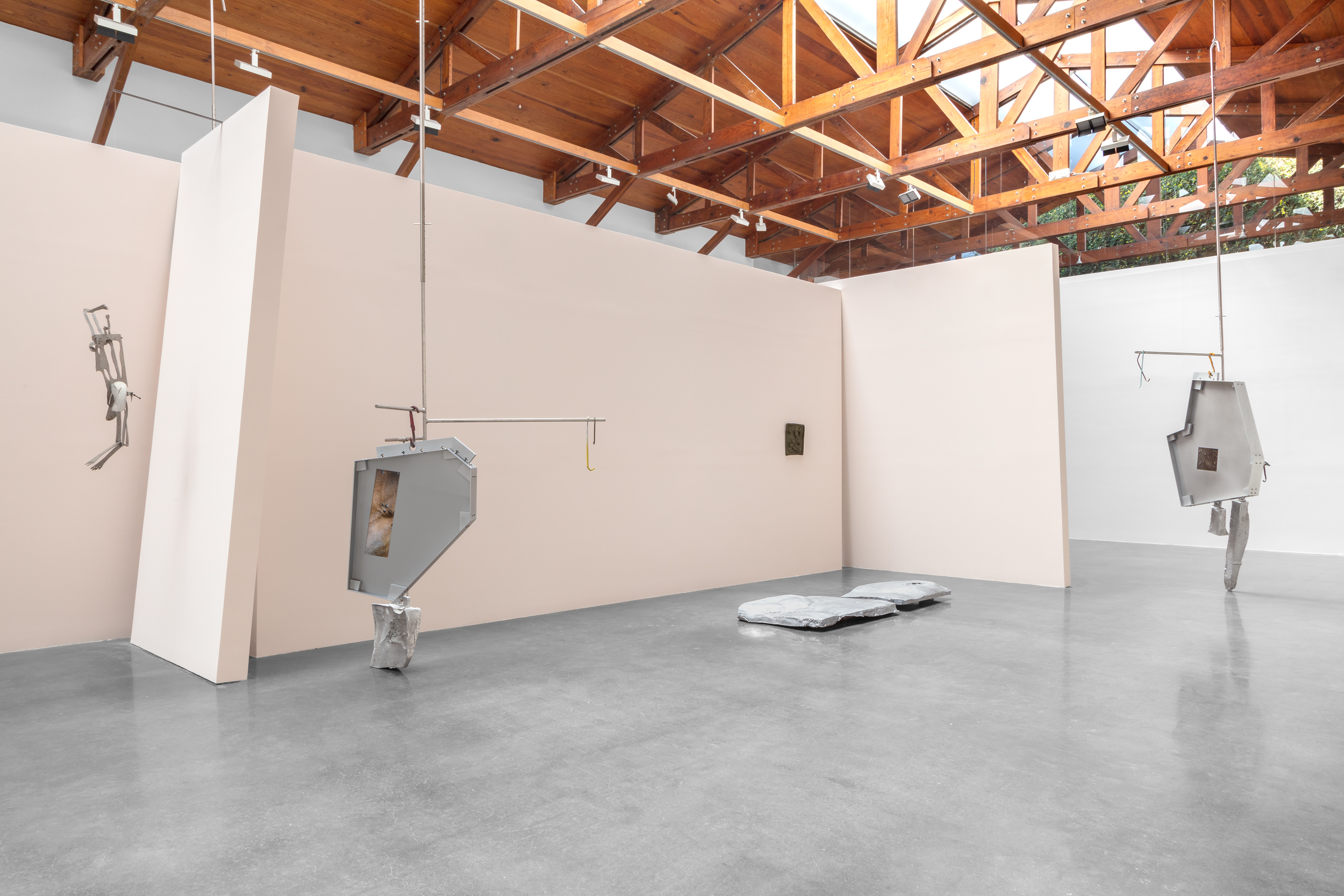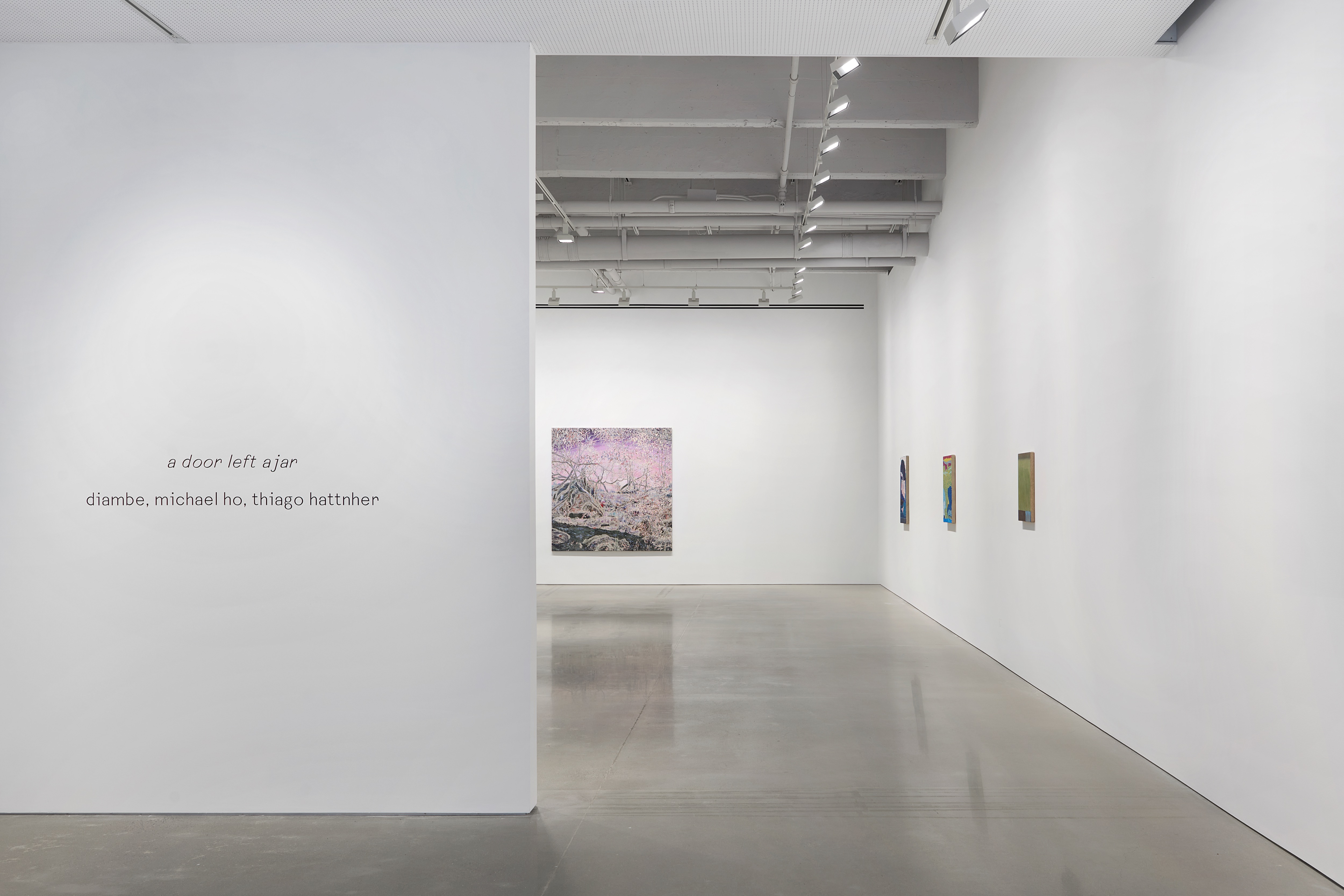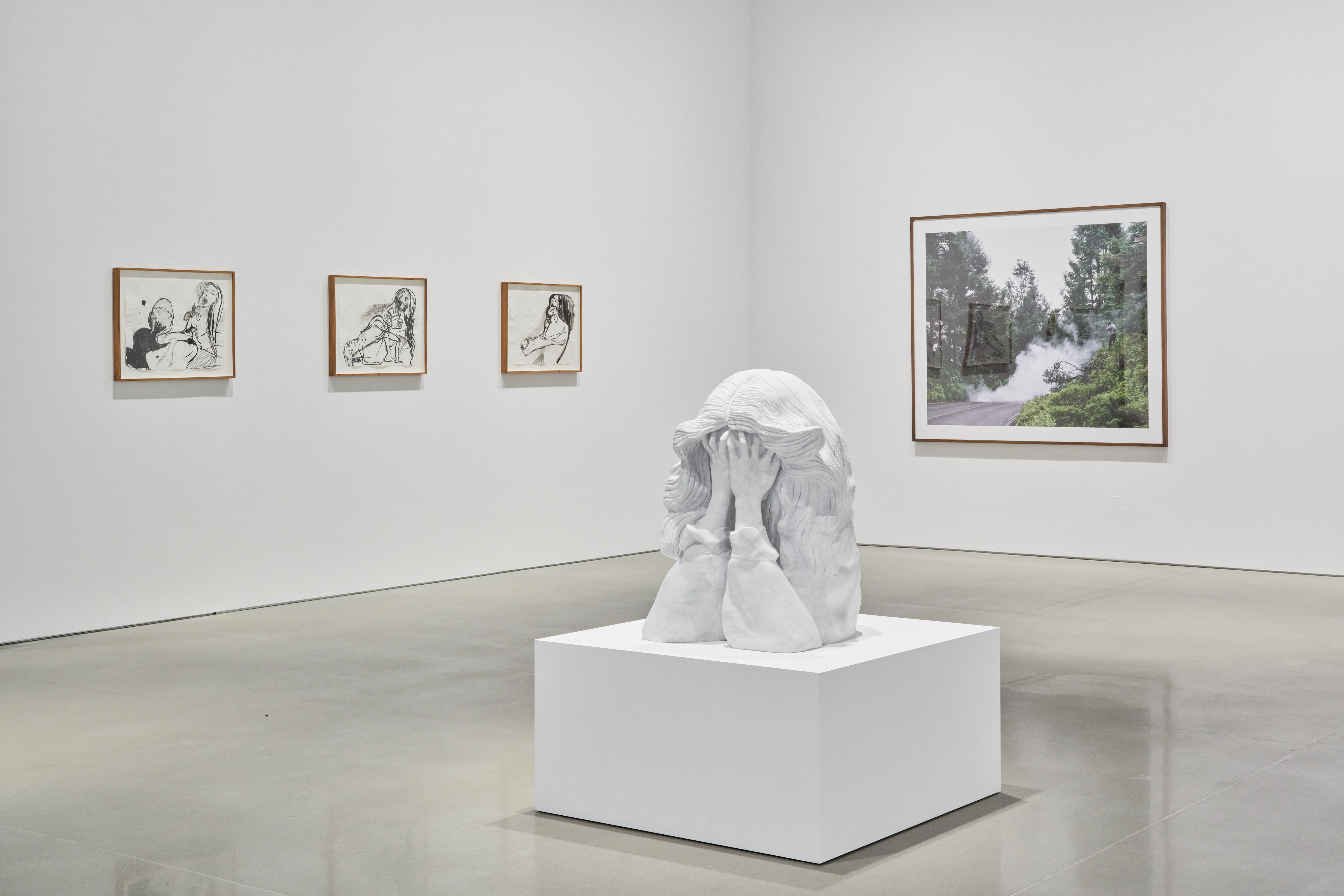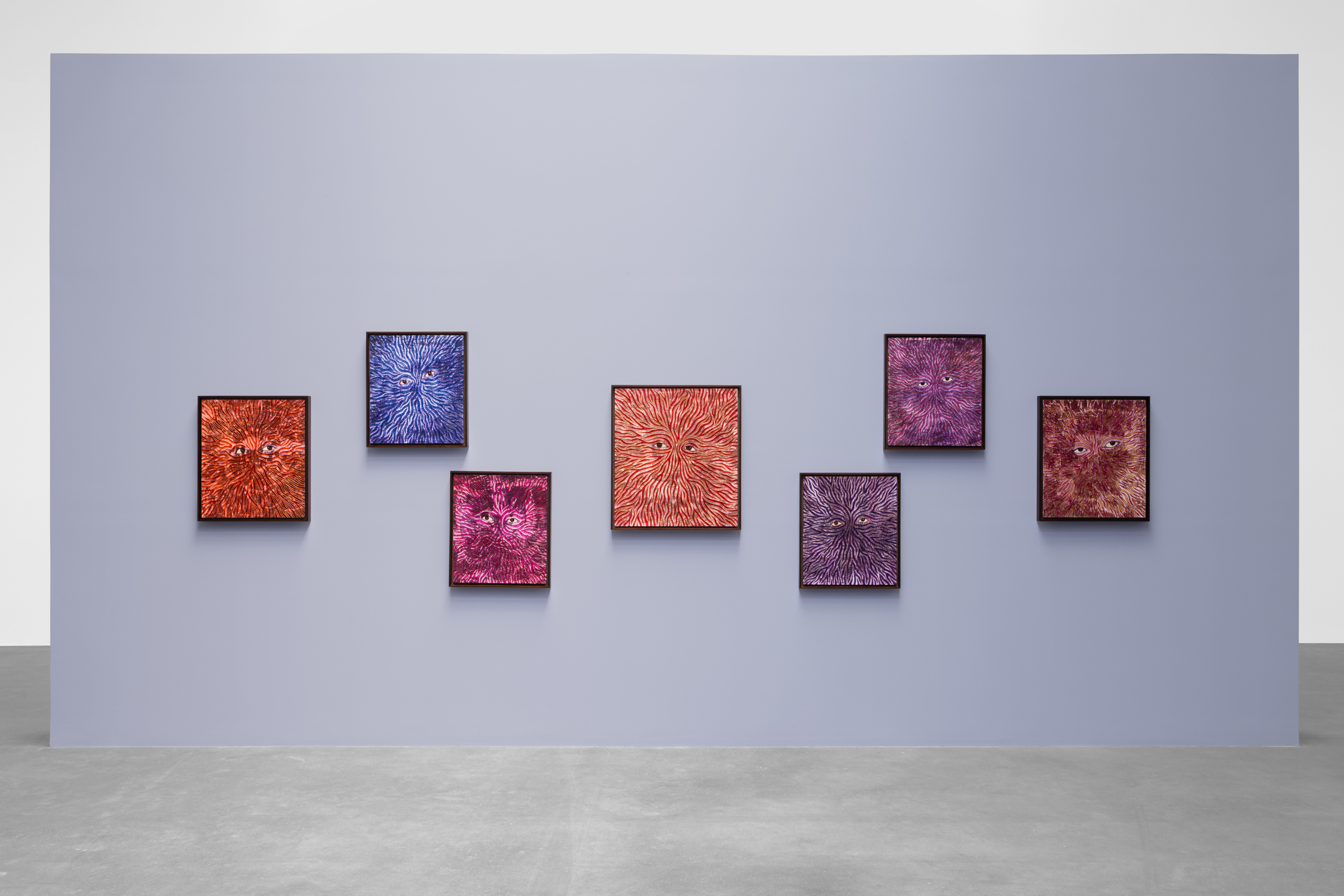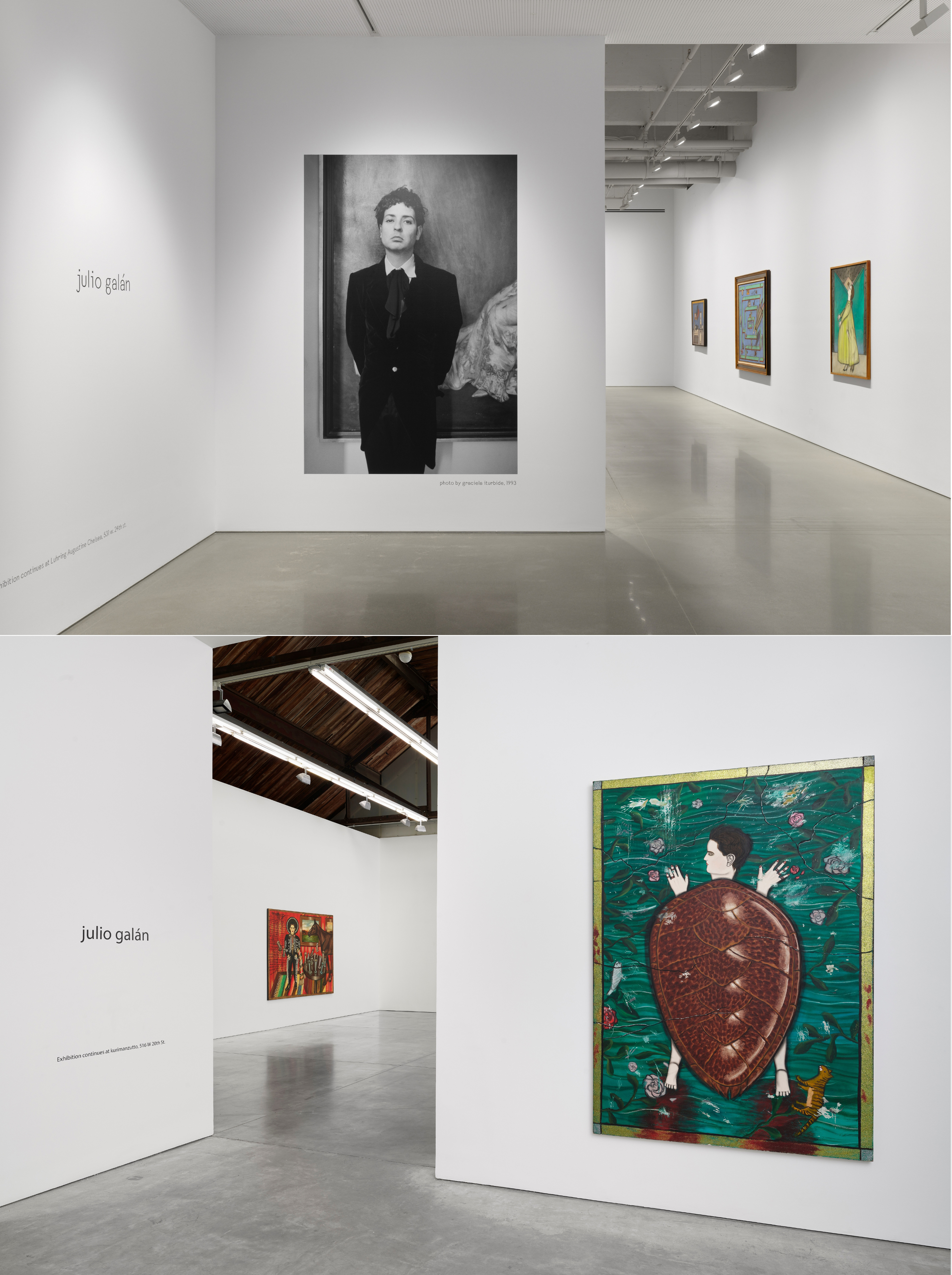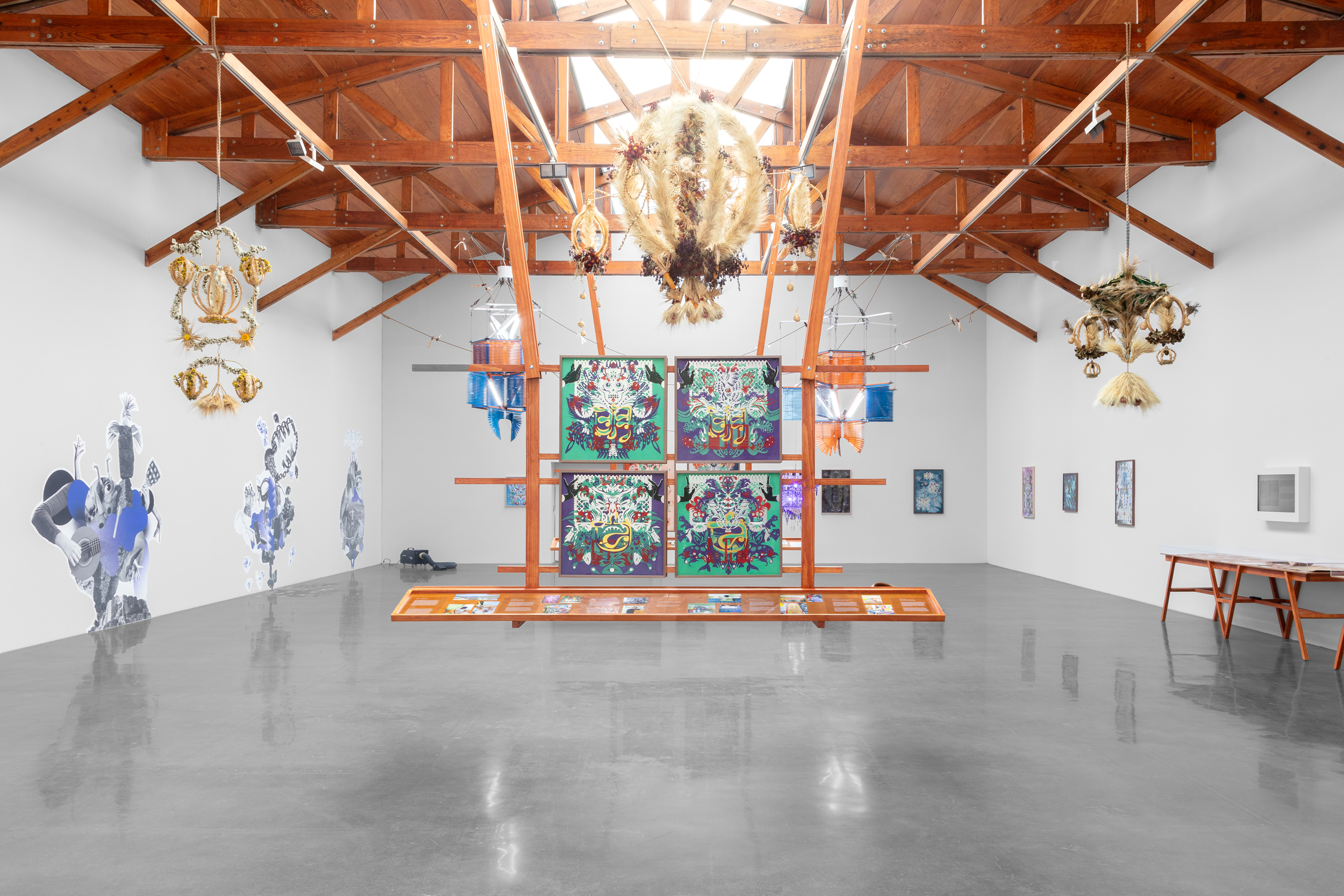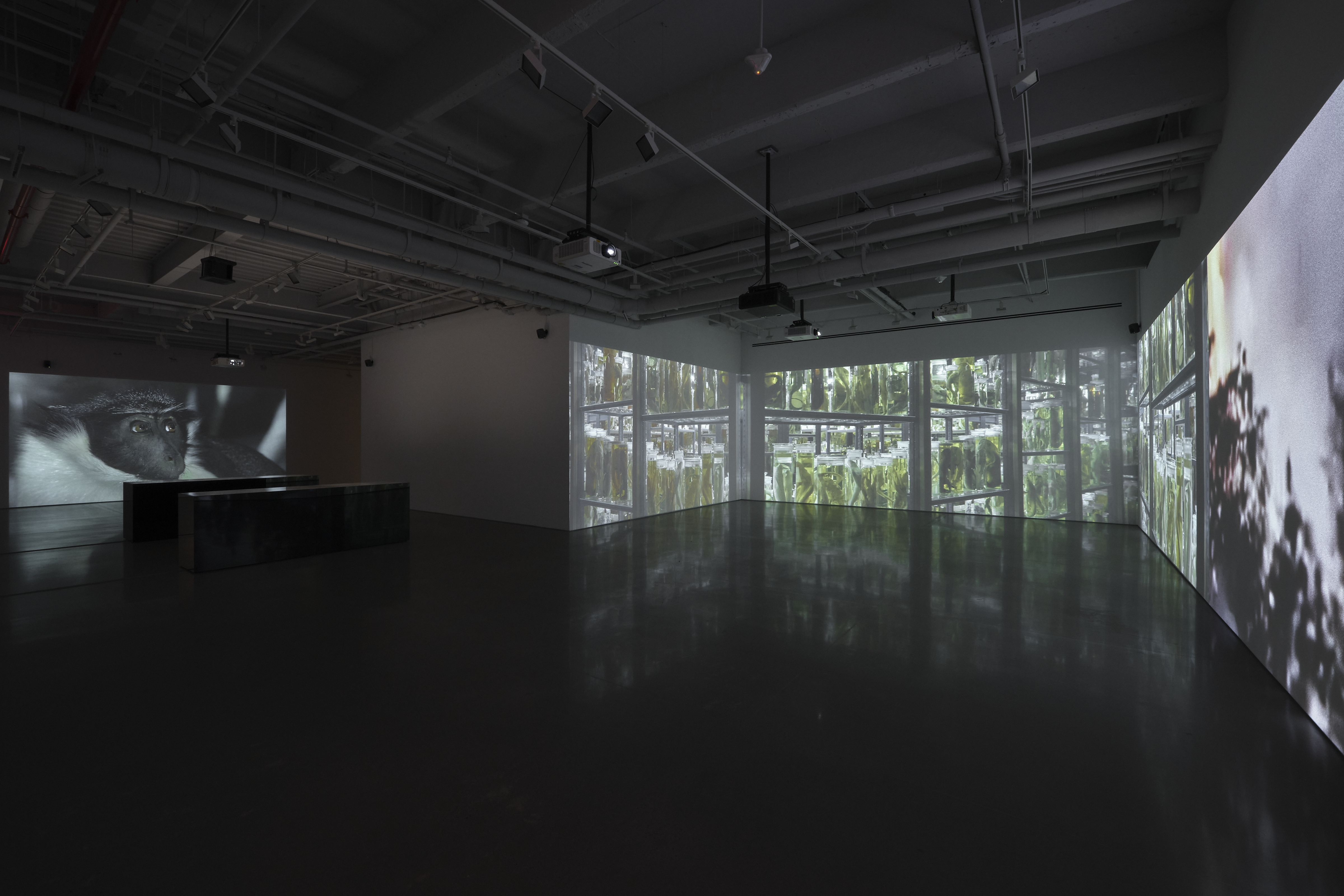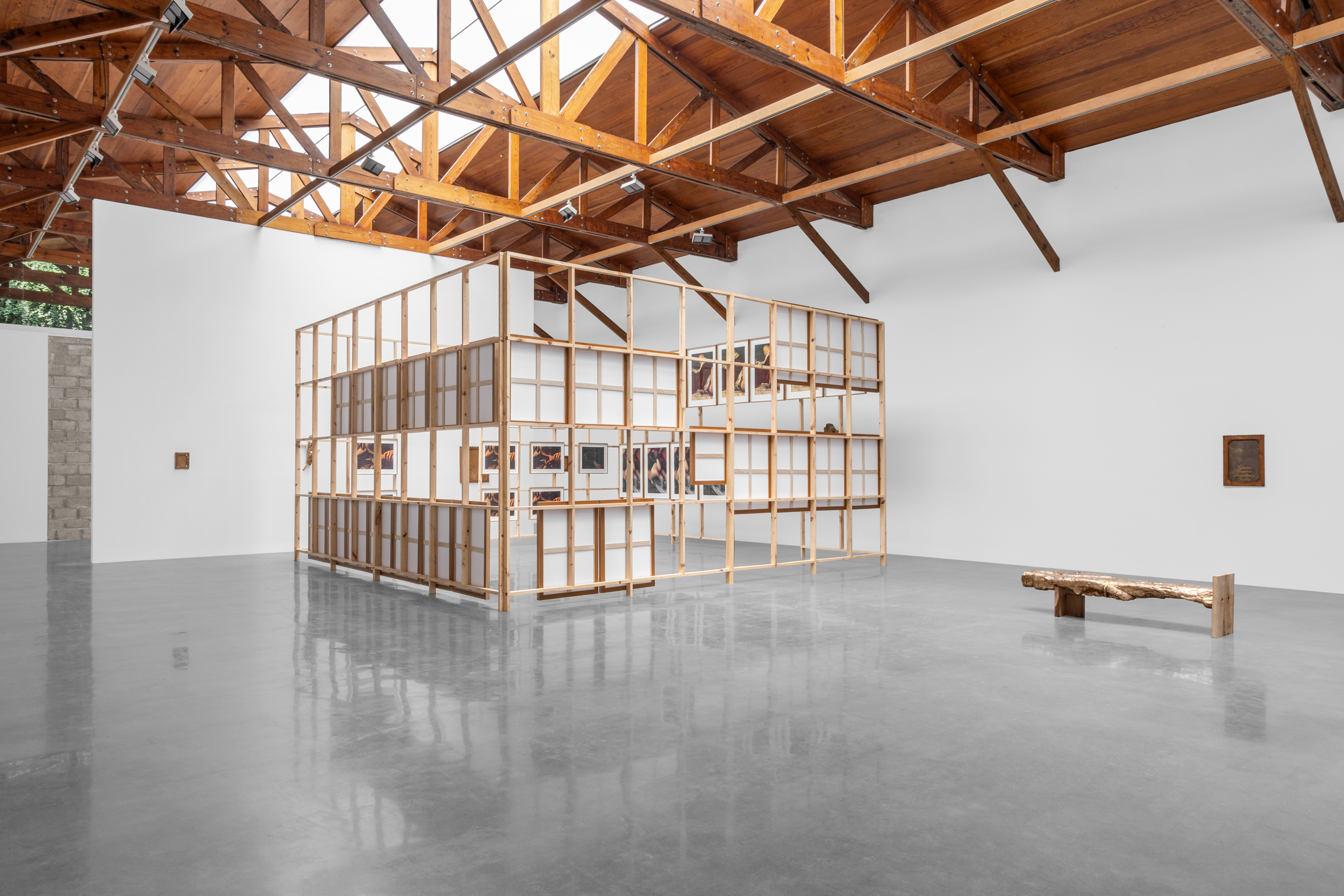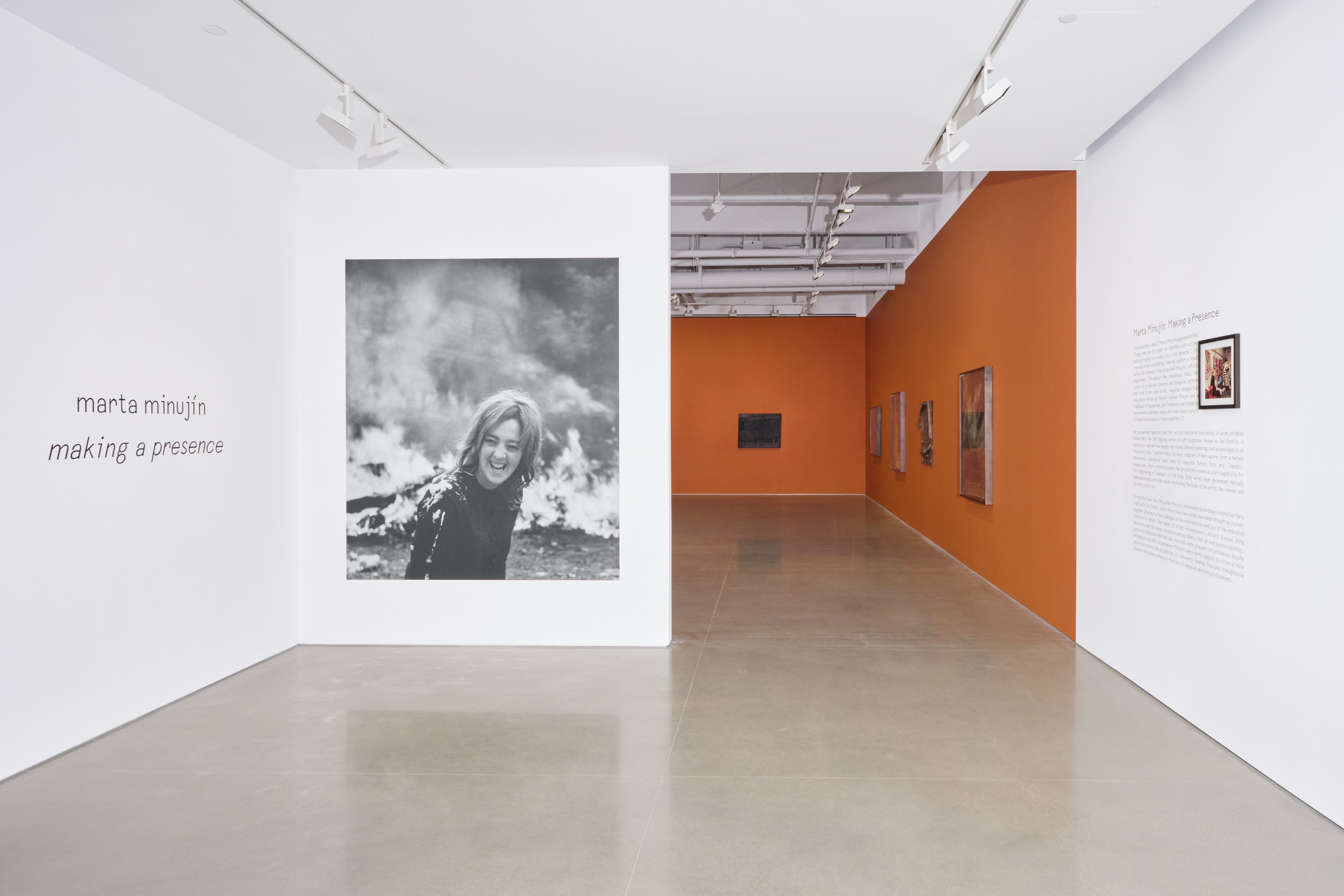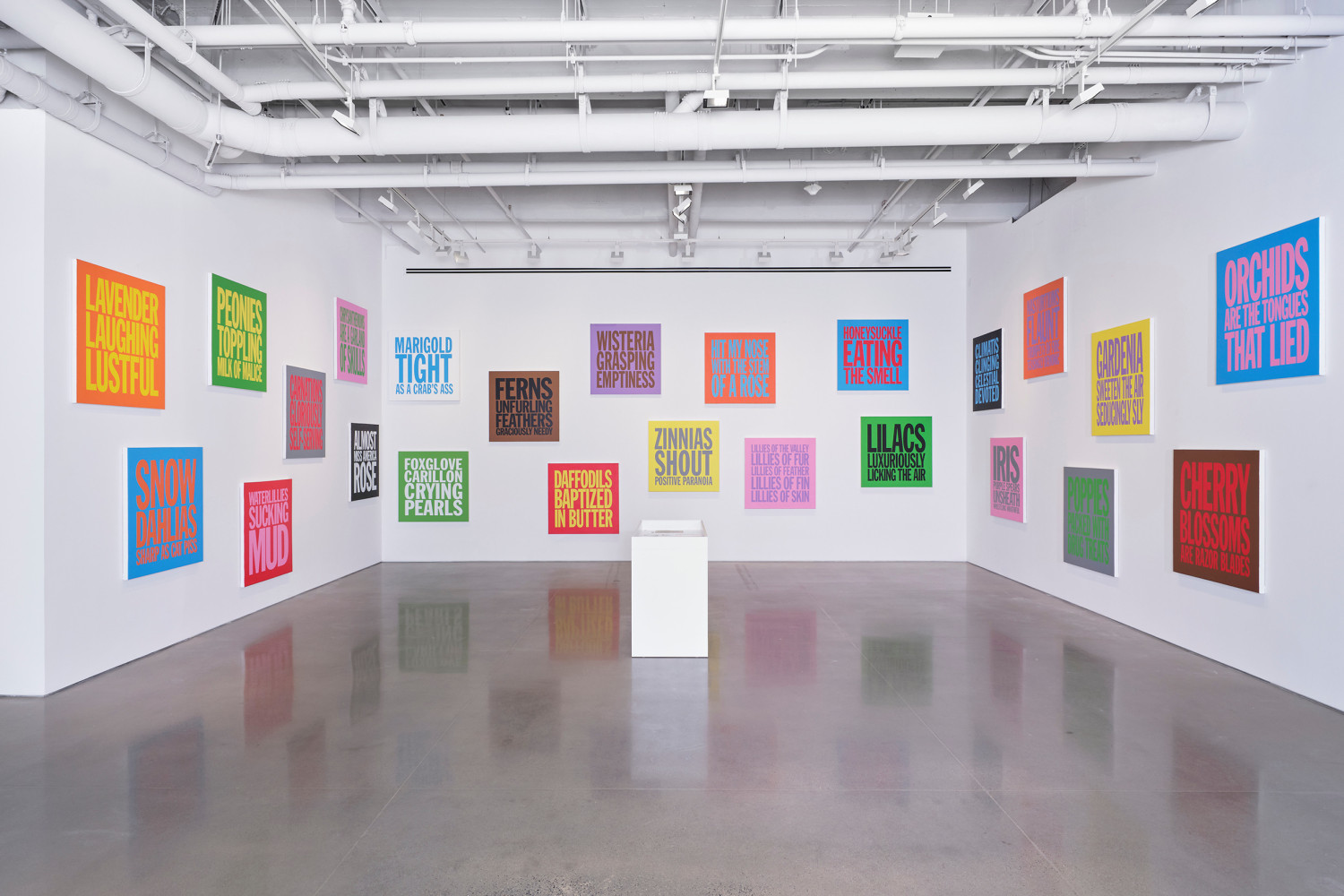Modèle Vivant
February 11–March 11, 2023
Mexico City 11850
Mexico
In French, “modèle vivant” refers to the practice of drawing, painting, or sculpting the human figure from a live model; that is, from a person who strikes, assumes, holds a given pose in service to an artist’s act of composition. The title of Nairy Baghramian’s current exhibition thus not only names her new body of work but also summons a conventional history of studio procedure that often seemed to subsume or to sublimate bodies, depending on one’s point of view. Then again, Baghramian’s sculptures affirm that points of view can change, sometimes must change—sometimes repeatedly. In the most literal terms, the specific location from which a viewer views any sculpture shifts as the person moves their own body around or in relation to the artwork. More metaphorically, too, the works in Modèle vivant ask what a sculptural body might be, and might mean, even when no body is explicitly figured.
Baghramian invokes the long tradition of figural sculpture (of the statue, even) in part through art-historical representation. She first made these works—and deployed this exhibition title—for display late last year at the Nasher Sculpture Center in Dallas, Texas, where they lived among a discontinuous but cogent selection of nineteenth- and twentieth-century figures from the museum’s storehouses. At kurimanzutto, Baghramian now interweaves her dozen abstract sculptures with nearly as many figural works by two twentieth-century artists resident in Mexico, Geles Cabrera (b. 1926) and Elizabeth Catlett (1915–2012). Cabrera’s and Catlett’s sculpted bodies here are: recumbent, enfolded, upright, propped, fragmented, skeletally articulated. Baghramian’s sculptures are similarly disposed, many appearing to recline, sit, stand. She seems in fact to solicit our habits of anthropocentric projection, perhaps also our desires for the easement of recognition, and she does this as well (once again) through language.
Vivant (“living”) insists, grammatically, on a kind of continuous or persistent present. Baghramian has likewise named each individual sculpture in grammatical parallel with her exhibition title. Further, she designates each sculpture by a reflexive verb, a form that certifies the equivalence of subject and object—reflecting an action back upon its actor. To behave oneself. To apply oneself. To enjoy oneself. Reflexivity makes ready sense in many of Baghramian’s titles—S’éloignant (“Withdrawing [oneself from a space]”) or S’allongeant (“Reclining” [laying oneself down]), for instance. Meanwhile, the shared title of her four S’accrochant (“Dangling”) sculptures does slightly more work. The suspension of its hefty shapes from prominent hooks conjures an abattoir, which in turn suggests the chilling passivity of body parts hung up by someone else. To which the reflexive verb counters: these sculptures are not hung up so much as they are hanging on.
Baghramian appends to most of her reflexive verbs a parenthetical, in each case denominating a color, maybe also a temperature, of sorts. Some are straightforward, mauve or taupe or red ochre; some are more atmospheric, “crepuscular” indicating the quality of light at a particular time of day, or “horizon blue” indicating the hazy hue that obtains to distance, or “rust” indicating at once a color and a material. Even ventre de biche, “doe’s belly,” is the name of an available pigment. Given the gestural and the tonal cohesion of Baghramian’s new works, her material range is prodigious, the beginnings of an abecedarium—aluminum, bronze, ceramic, c-prints, lead, paint, silicon, steel, wax, walnut. Visually speaking, cast aluminum dominates, while revealing its own internal range: pock-marked and undulant, like some porous rock sample or miniaturized lunar surface, somehow both capturing this borrowed texture and preserving the aluminum’s once-liquidity, which enabled casting in the first place. The cast elements remain raw, unburnished, glowing as if from within, but notice how certain edge details glister here and there, a folded lip or pointy tooth that Baghramian has polished like a wink, throwing aluminum’s metallic capacities into relief.
At the risk of over-emphasizing these cast aluminum elements, notice, too, how they operate as bodily without relying on volume. They are like bas-reliefs in their near-flatness, but they are also the sculptural parts that perform the leaning, the lying down, the standing up, the hanging on. They suggest a parity between fronts and backs, though in the S’accrochant works they attune us to flanks as well, the aluminum forms suspended in a call and response with steel-framed, double-sided photographic prints of closely cropped animal sides—flecked with flies and rippling with their own fleshiness, much as the cast pieces are flecked and rippling.
Of course, these cast aluminum parts cannot assume each work’s titular pose without their sculptural counterparts, their armatures, bolts, frames, hooks, lifts, rods, shelves, wedges. These represent the technical necessities as well as the contingencies of installation. They also manifest Baghramian’s—intensive, tender—valuation of points of contact, and of the reciprocities they signal. Internal relationships of touch and support are therefore crucial. Almost all her sculptures, even the ceiling-slung ones, touch the floor, that most fundamental of built supports. Still more, such physical demonstrations of relationality ramify, for the works in Modèle vivant are not Baghramian’s alone. Her sculptures abide in conversation, indeed in cross-generational conference, with those of the four other artists on view.
The works by Cabrera, Catlett, Escobedo, and Gurría are mostly smaller in scale than Baghramian’s, and mostly materially darker—patinated, earthen—which produces a rhythm of visual contrasts that only strengthens the available correspondences. And if their sculptures provide some art-historical signposting, they also bespeak non-linear time—the alternative spatio-temporal orders indicated when seeking to reconcile modernist biomorphic abstraction with references to both ancient burial and archaeological excavation, or the varied timescales of stone, clay, bronze with one’s personally embodied experience. This is less about receiving historical works as possible “models” for contemporary making than it is about how any of us models (and models what—ourselves? behaviors, patterns of thought, ways of processing, of turning either inward or outward?) for anyone else.
In her selection of works by four other artists, the sense of looking through Baghramian’s “eye” feels revelatory, yet so does the sense in which the sculptures, themselves—old and new—seem capable of seeing each other. Speaking as long ago as 2012, Baghramian reflected on the notion of artworks as “autonomous entities,” isolating a sculpture from its web of contexts as productive of “a kind of monster.” When it comes to the context of display, she prioritizes the “encounter with the beholder,” through which an artwork can “contradict” or “reject” our “cultural habits.” What happens next is up to each viewer, but the works in Modèle vivant replace the illusion of sculptural autonomy with the potential for sculptural agency.
—Kate Nesin

